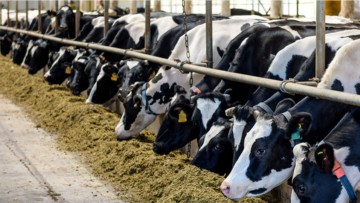HPAI has not been detected in dairy cattle or other cattle in Canada and is a reportable disease under the Health of Animals Act. All suspected cases must be reported to the CFIA.
HPAI is not a food safety concern and the risk of transmission to humans remains low.
Get information on HPAI detections in livestock from the U.S. Department of Agriculture.
Services and information
Producers
How to prevent the spread of disease and protect yourself and your herd
Consumers
What consumers need to know about HPAI in cattle
Veterinarians
Guidance on what to look for and how to collect and submit samples
Milk sampling and testing
Status of commercial milk testing results in Canada
Trade implications
Information for importers and exporters and additional measures for HPAI
Information for laboratories
Requirements for laboratories involved in HPAI testing and research
Featured

Government of Canada update on HPAI
Learn more about proactive measures for HPAI in cattle